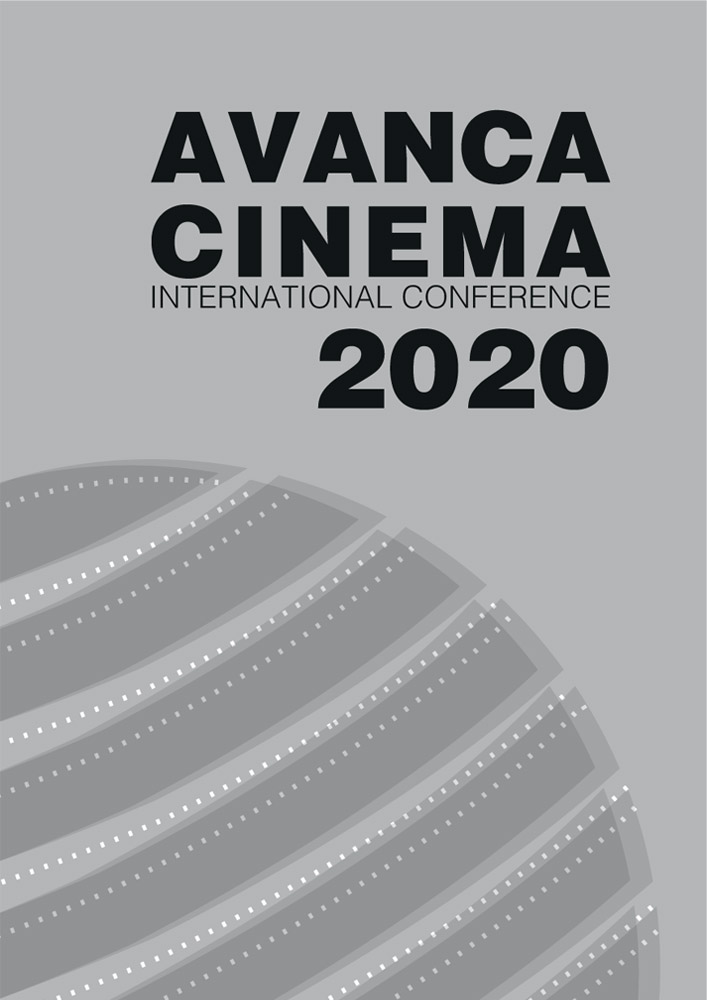Capítulo II _ Cinema - Cinema
Roteiro coletivo: a ideia do cinema neorrealista
Resumo
Fascism had brought hunger and destruction to Italy. Italian film makers gathered to reconstruct cinema pursuing another ideal. Neorealist films had as their main aspect the fact of being social, not only in the theme but also in their way of production. The movement, according to André Bazin, followed formal and aesthetic criteria, features that had been accomplished by film makers since the creation of Cinecittà by Mussolini. However, even during this regime, some artists already resisted the fascist view, a fact that can be observed in films like Ossessione, by Luchino Visconti; I bambini ci guardano, by Vittorio De Sica and Quattro passi tra le nuvole, by Alessandro Blasetti. Inspired by the studies in Centro Sperimentale di Cinematografia, by Umberto Barbaro’s translation of Pudovkin, by foreign literature, besides the collaboration of the French Poetic Realism film directors, a creative dynamic was produced centered in the collective writing of scripts which played an important role in the resistance to fascism in Italian cinema. This study, in particular, analyzes Luchino Visconti’s Ossessione.

Este trabalho encontra-se publicado com a Licença Internacional Creative Commons Atribuição 4.0.

